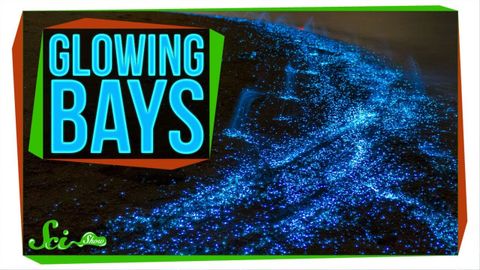
Subtitles & vocabulary
The Secret Behind Bioluminescent Bays
00
joey joey posted on 2021/05/19Save
Video vocabulary
essential
US /ɪˈsɛnʃəl/
・
UK /ɪ'senʃl/
- Adjective
- Extremely or most important and necessary
- Fundamental; basic.
- Noun
- A concentrated hydrophobic liquid containing volatile aroma compounds from plants.
B1TOEIC
More bunch
US /bʌntʃ/
・
UK /bʌntʃ/
- Noun (Countable/Uncountable)
- A group of things of the same kind
- A group of people.
- Transitive Verb
- To group people or things closely together
B1
More thrive
US /θraɪv/
・
UK /θraɪv/
- Intransitive Verb
- To be or become healthy or successful
- To grow or develop well; to flourish.
B2TOEIC
More delicate
US /ˈdɛlɪkɪt/
・
UK /'delɪkət/
- Adjective
- Easily broken or damaged
- Finely made, with great care
B1
More Use Energy
Unlock All Vocabulary
Unlock pronunciation, explanations, and filters
